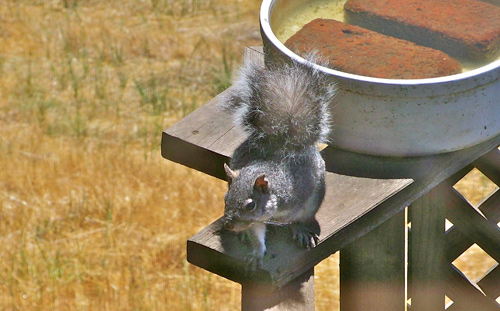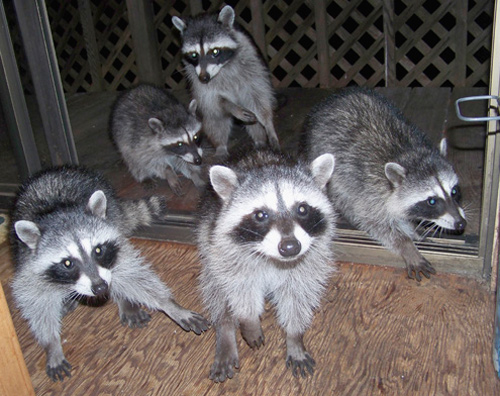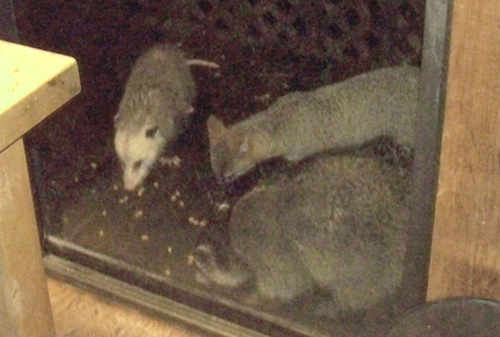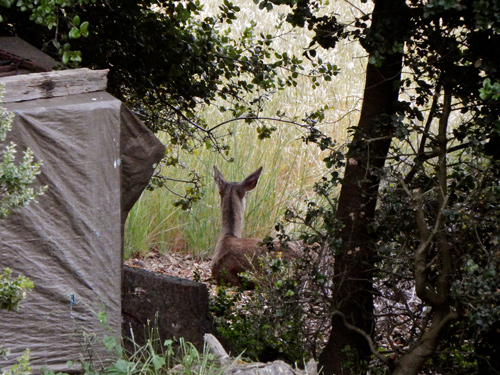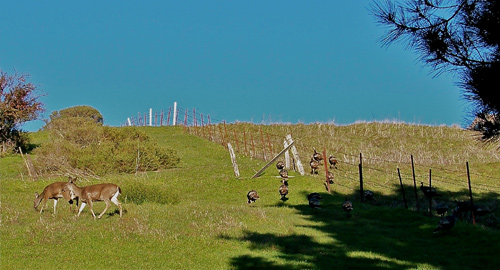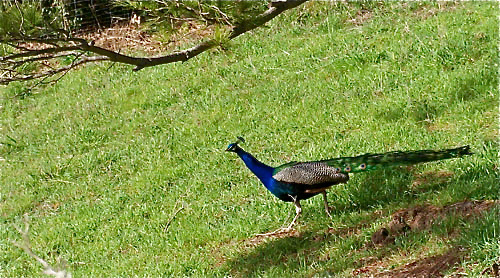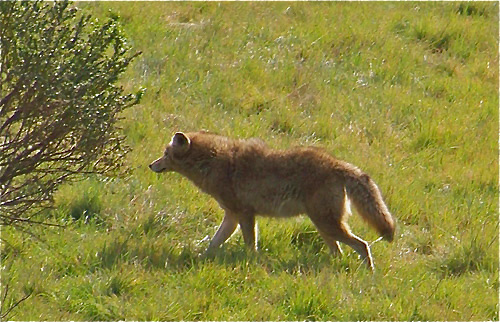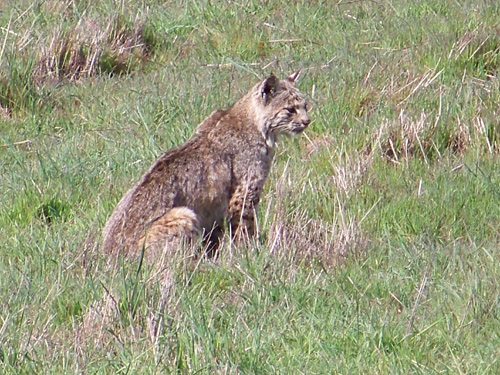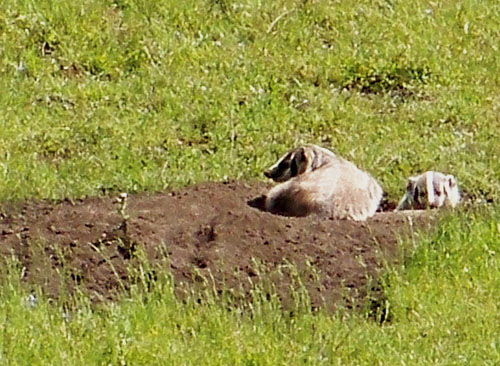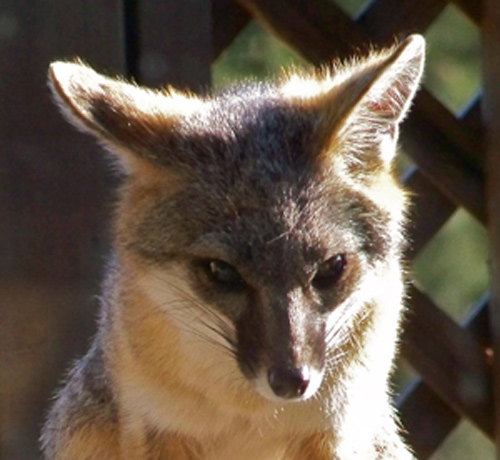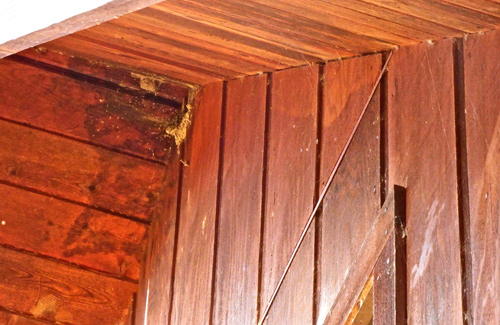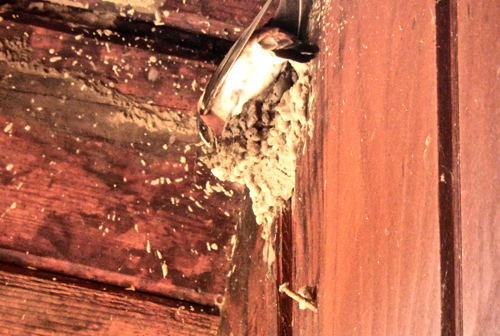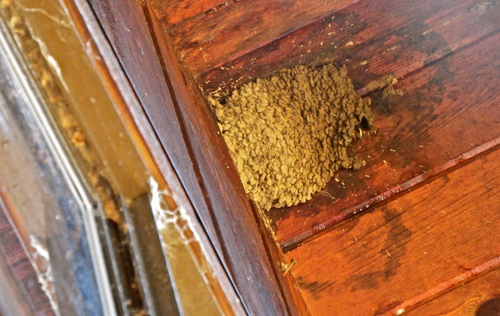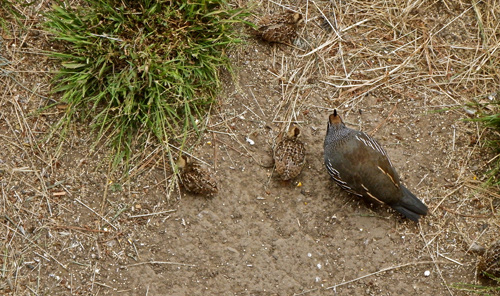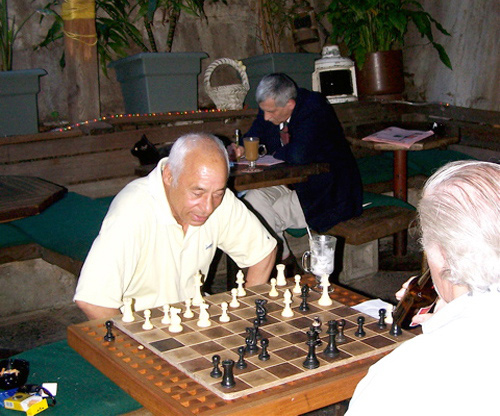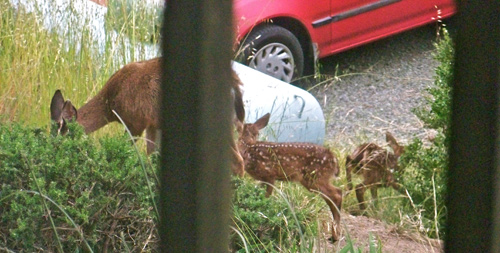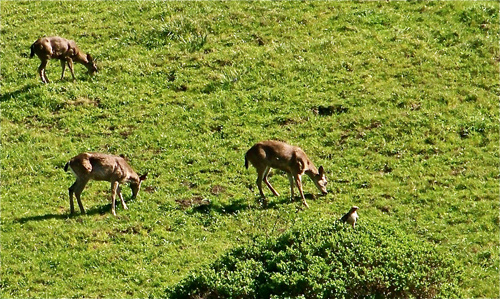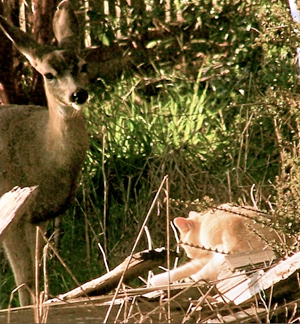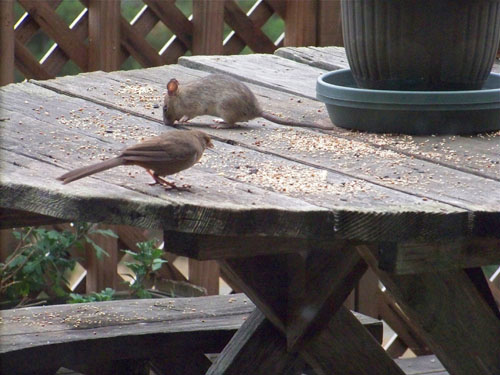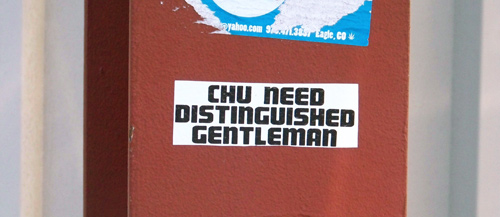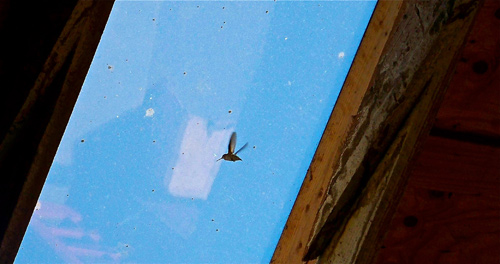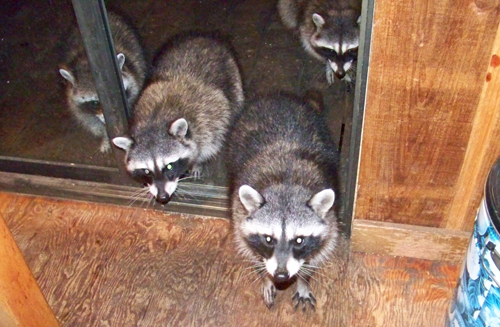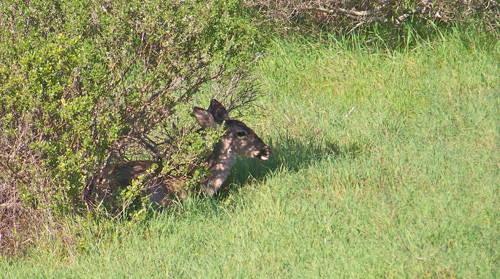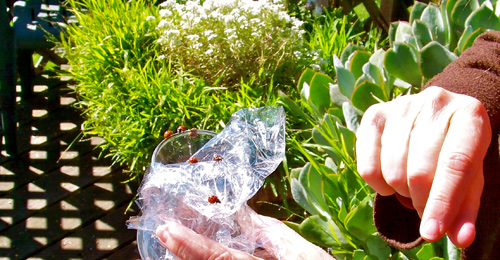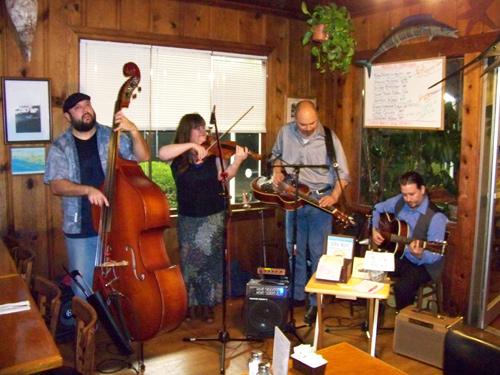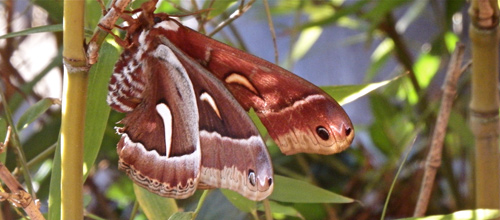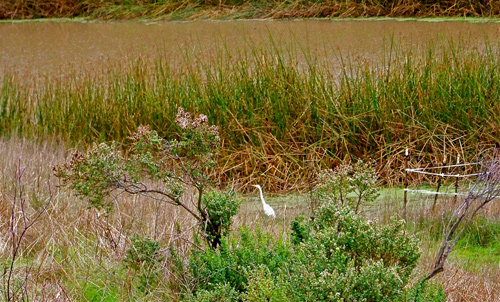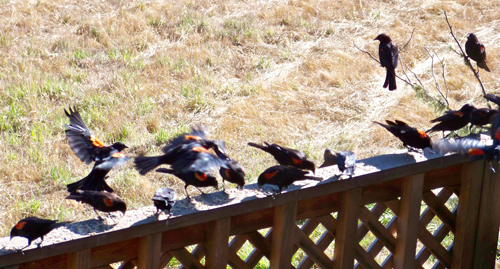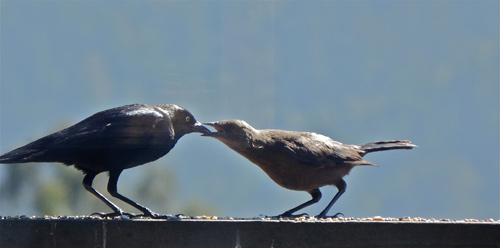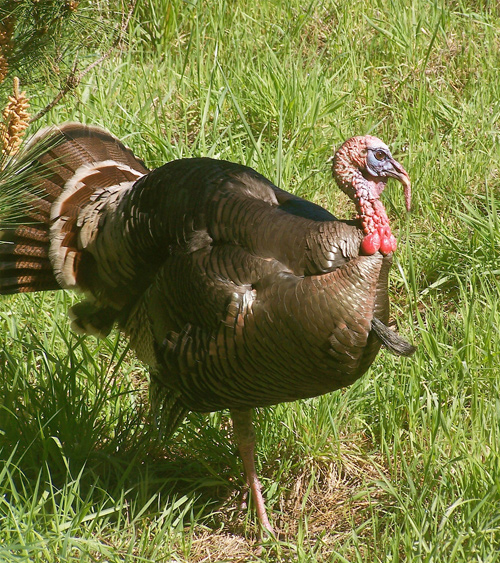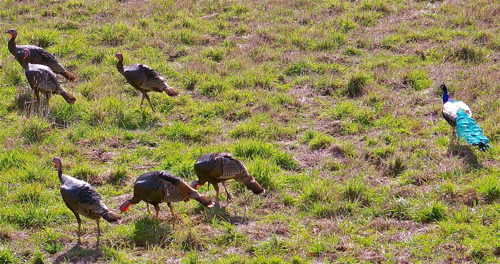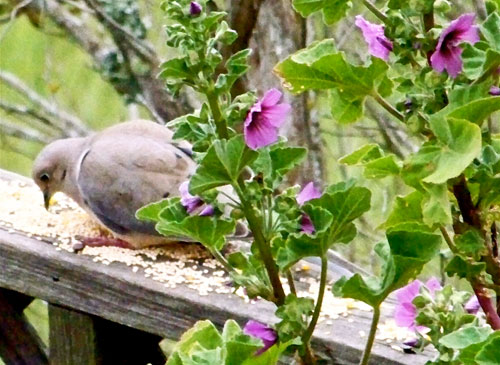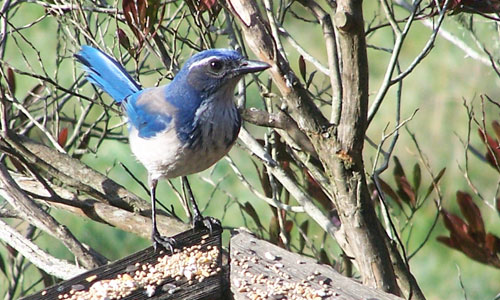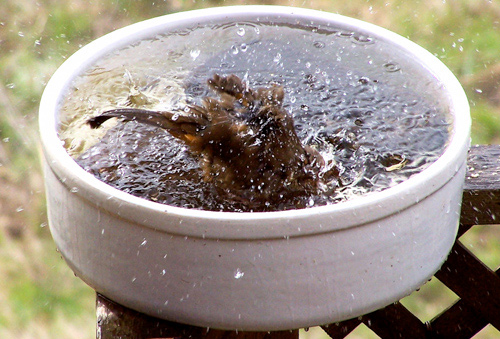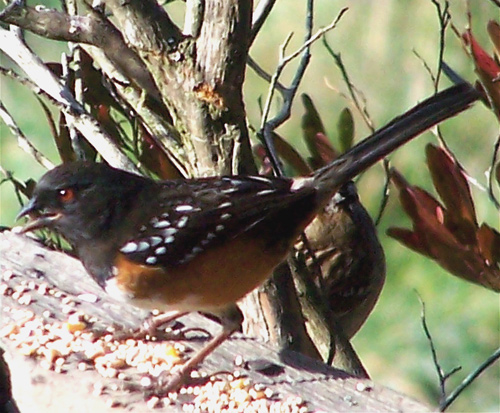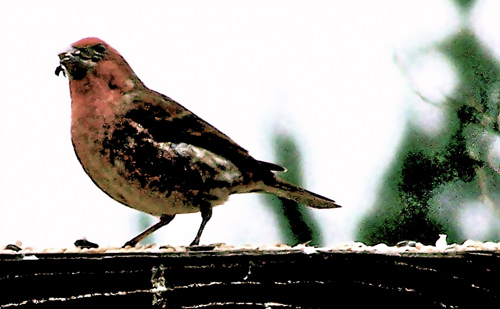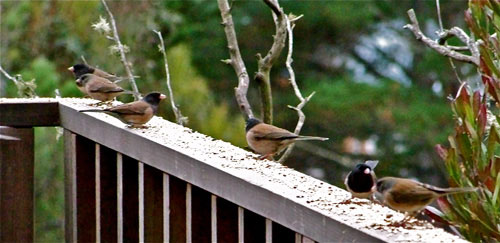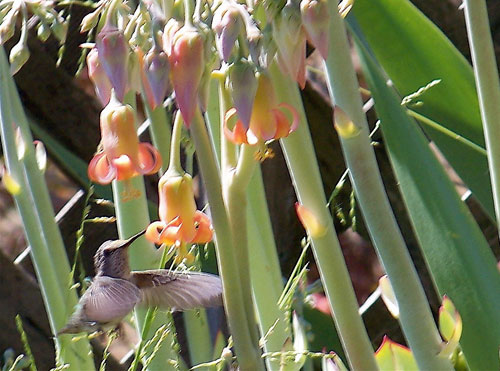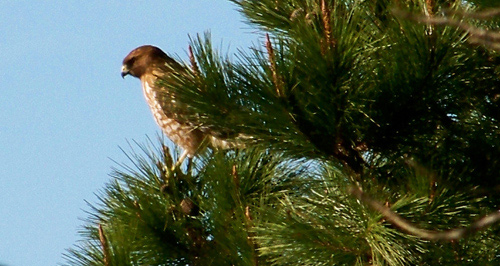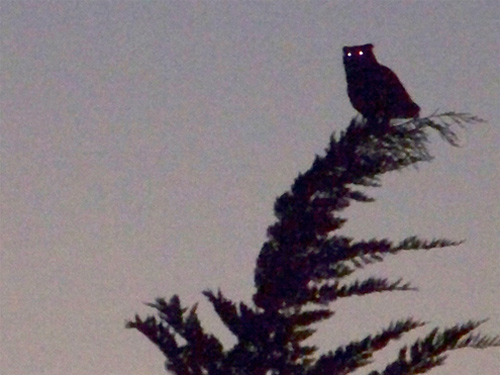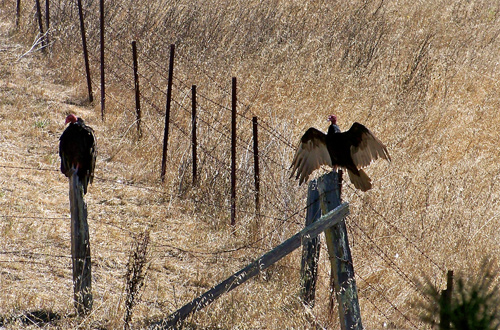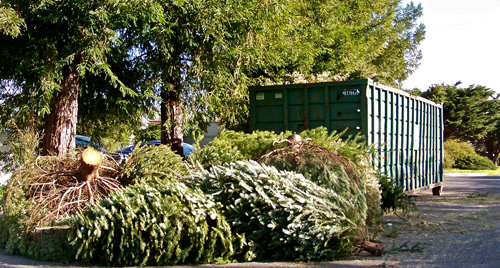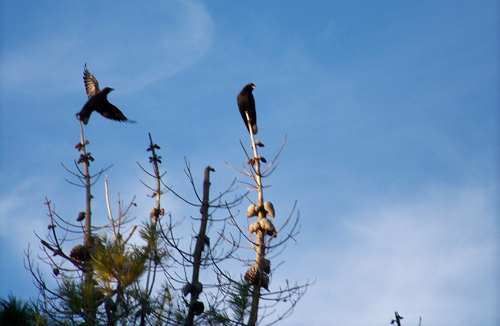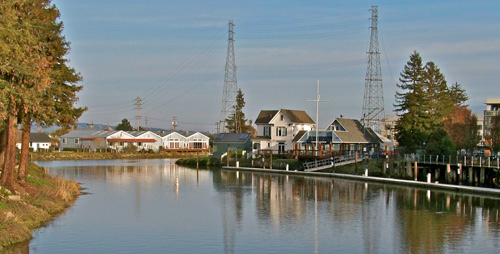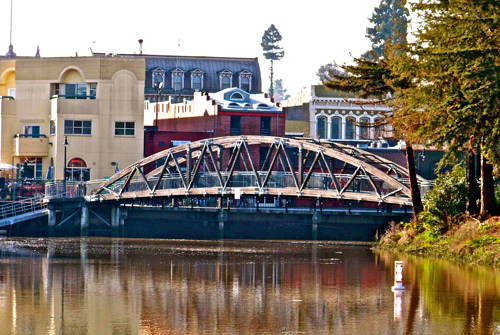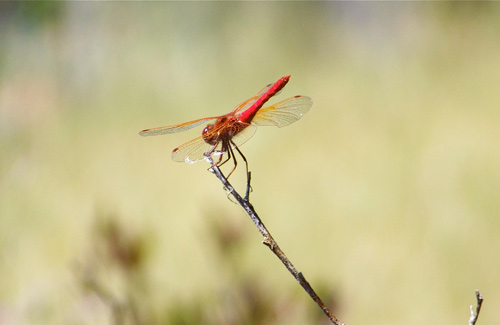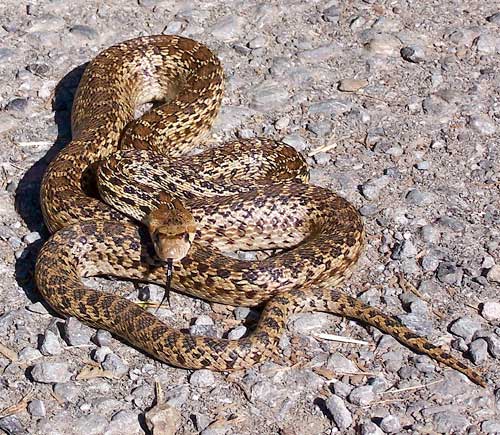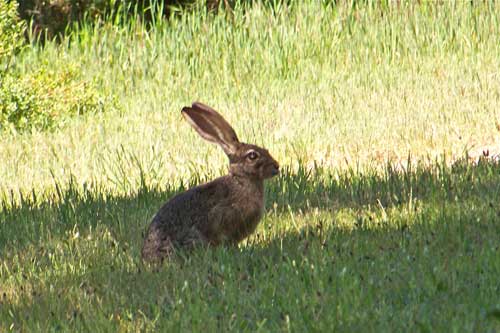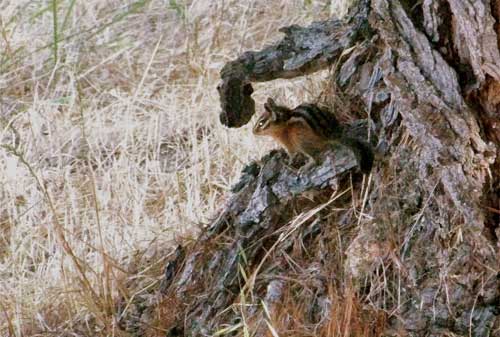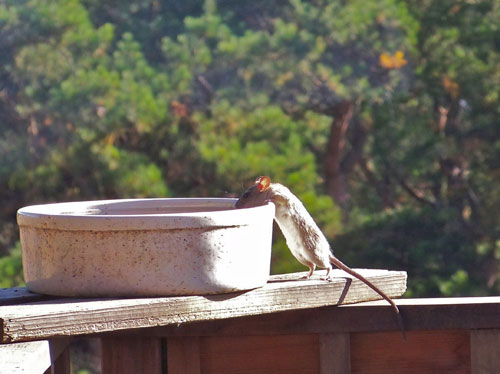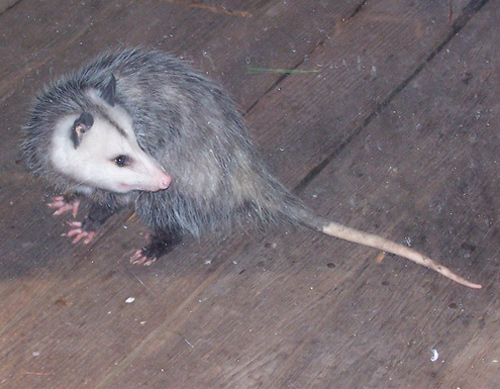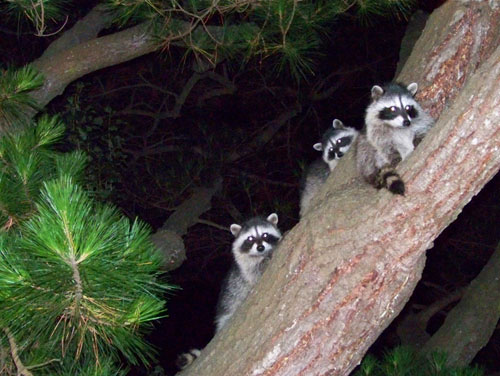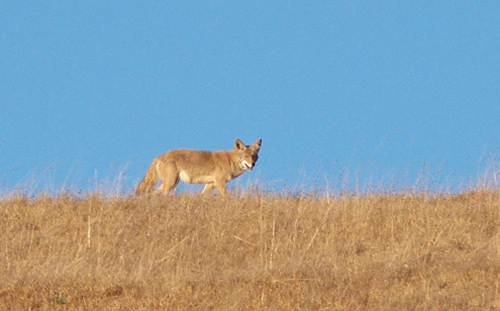Sun 21 Jun 2015
The zoo in my backyard
Posted by DavidMitchell under West Marin nature, Wildlife
[4] Comments
A year ago I was hit with a medical problem called temporal arteritis, which sent me to the emergency room at Kaiser Hospital in Terra Linda. As I wrote here at that time, it was a big headache, but left untreated it could have led to blindness.
Temporal arteritis amounts to inflammation of an artery that goes through the temples (hence the name ‘temporal’) and feeds blood to the eyes. The problem is common enough that rheumatologists have developed a standard treatment using the steroid Prednisone. The cause of temporal arteritis is unknown, but it mostly hits us older folks.
Well, the Prednisone worked in that it took away the headache, but I had to consume it every day, and that itself produced temporary problems ranging from less-focused thinking to a loss of balance. I began taking increasingly serious falls. The worst was on Memorial Day when I fell to the ground from a standing position. I landed on stainless-steel metal and badly bruised the right side of my ribcage.
I had just about recovered from that fall when today I stumbled on my deck and landed on the left side of my rib cage. What a pain! As a result, I’m taking it easy on myself, which is why my posting this week consists of photos from my collection, not ruminations. Most of them have appeared here previously.
Gray squirrel at my birdbath.
The raccoons around Mitchell cabin are amazingly adventurous. These walked right in when I left the kitchen door open.
Three animals who seldom hang out together in nature, a possum, fox, and raccoon, were convinced to eat peaceably together when I scattered honey-roasted peanuts on my deck. Animal populations, however, go up and down, and I haven’t seen many foxes or possums around Mitchell cabin recently.
A blacktail doe takes a rest behind my woodshed.
Two does and a flock of wild turkeys forage side by side uphill from Mitchell cabin, both species seeming oblivious of the other.
Two years ago, a lone peacock began keeping company with the turkeys. It’s pretty but its calls sound like a woman in distress.
Coyotes can often be heard at night howling around Mitchell cabin. Getting a chance to see one is far less common.
It’s far more common to see bobcats. Here one takes a rest while hunting downhill from the cabin.
A mother badger with her kit. The most ferocious predators near the cabin are badgers. Even a bear would be no match. Badgers live in burrows up to 30 feet long and 10 feet deep, for they are remarkably efficient diggers thanks to long claws and short, strong legs. Although they can run up to 17 or 18 mph for short distances, they generally hunt by digging fast enough to pursue rodents into their burrows.
Lost in thought, a gray fix sits on my picnic table.
Jackrabbits, of course, are always around. Jackrabbits, which are also known as black-tailed hares, avoid predators by using “an element of surprise and escape that works well,” Point Reyes Station naturalist Jules Evens notes in his Natural History of the Point Reyes Peninsula.
“When a potential predator is detected, the hare will usually take shelter in the shade of a convenient clump of vegetation or behind a rock and freeze motionless. If the predator approaches very closely, the hare leaps into stride, zigzagging across open country until it finds shelter.”
Two young does graze beside Mitchell cabin. To me all this is my home on a hill, but it could just as easily be a zoological garden.

